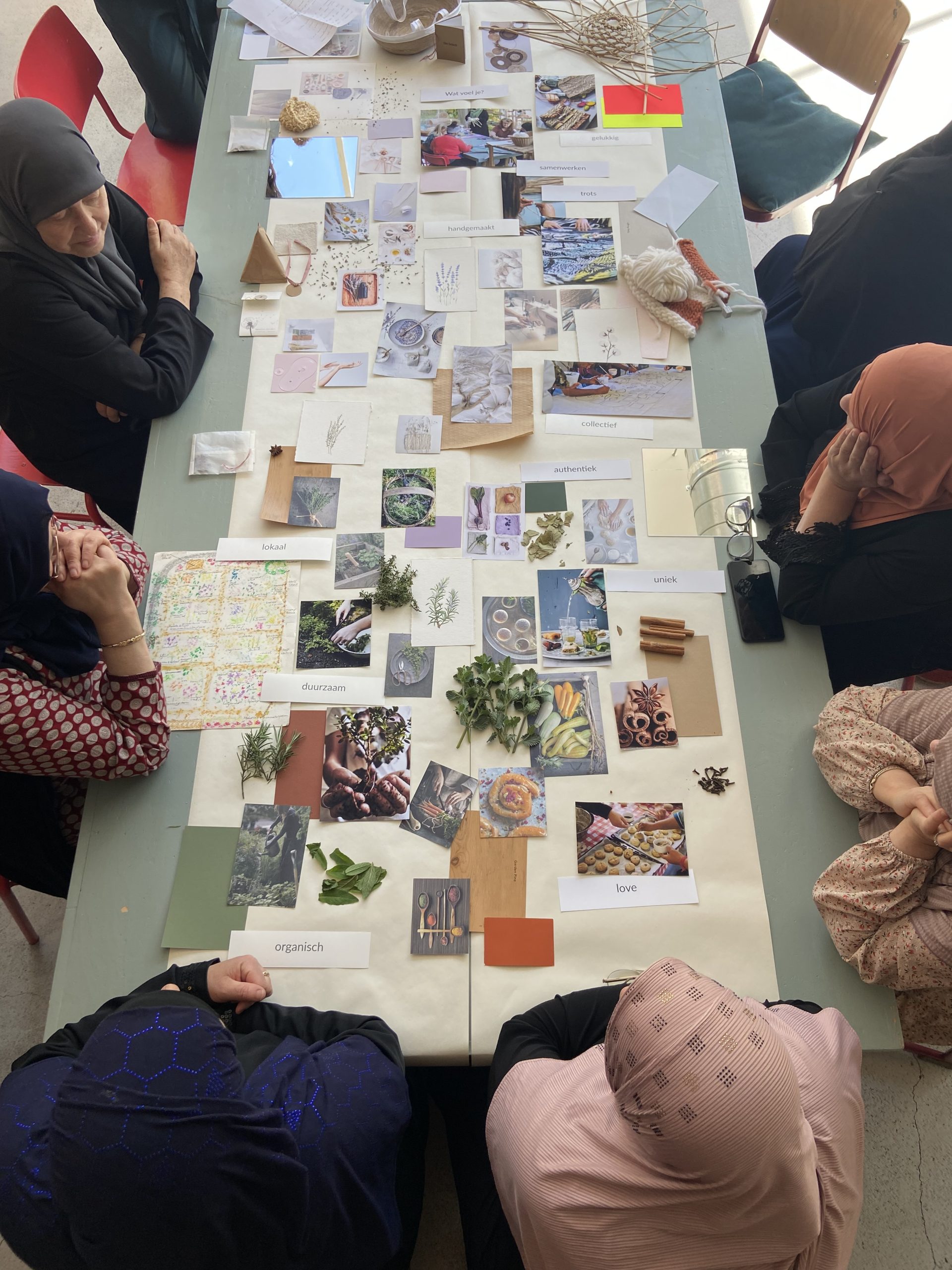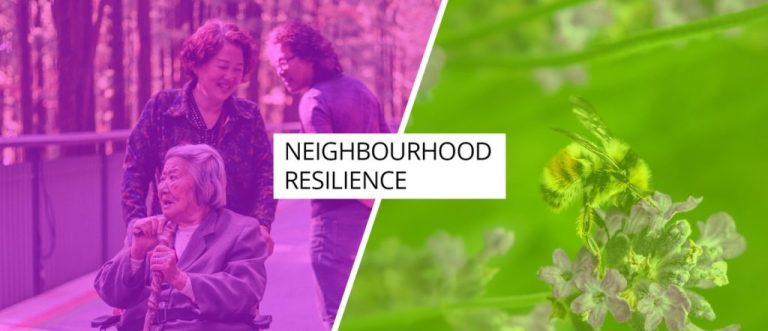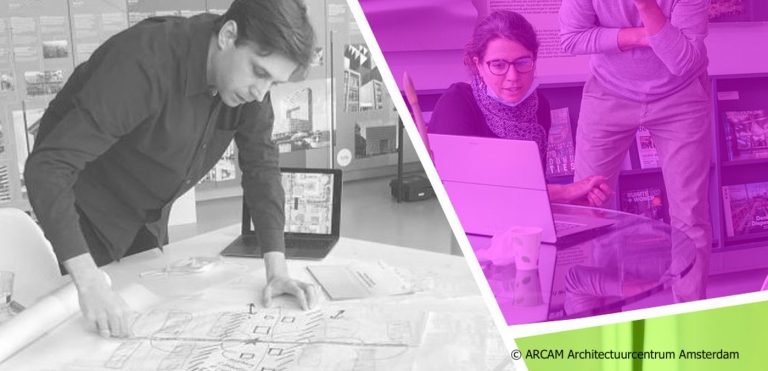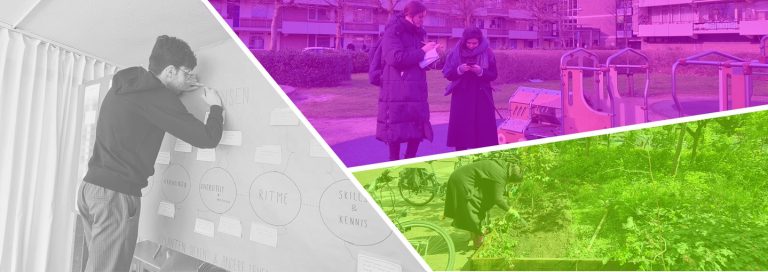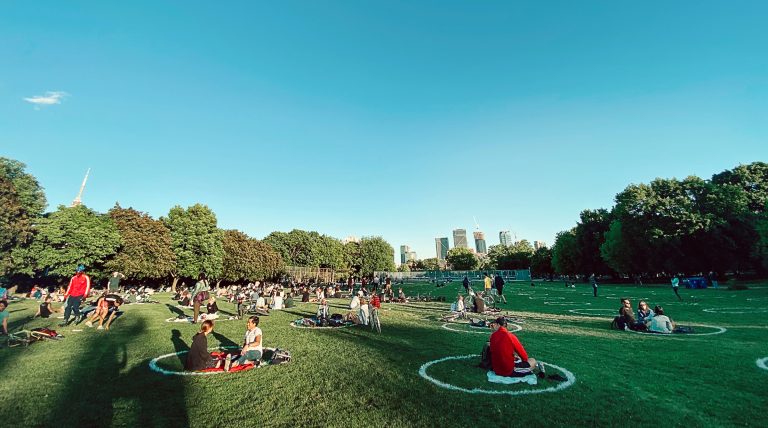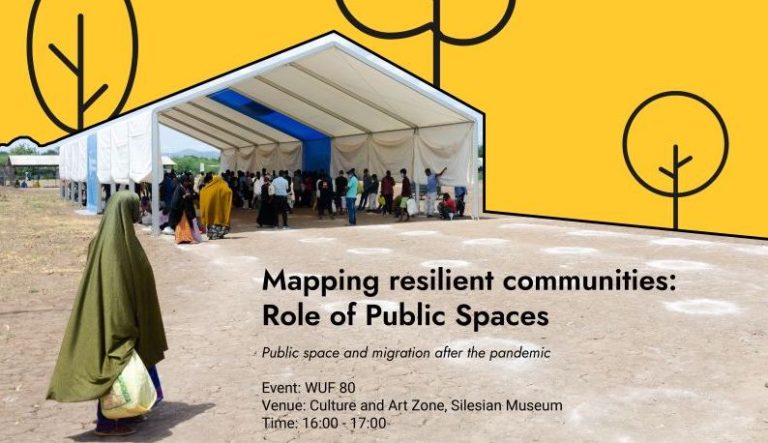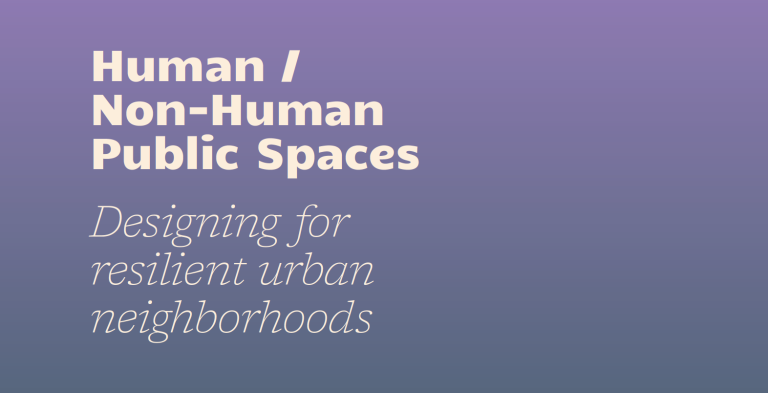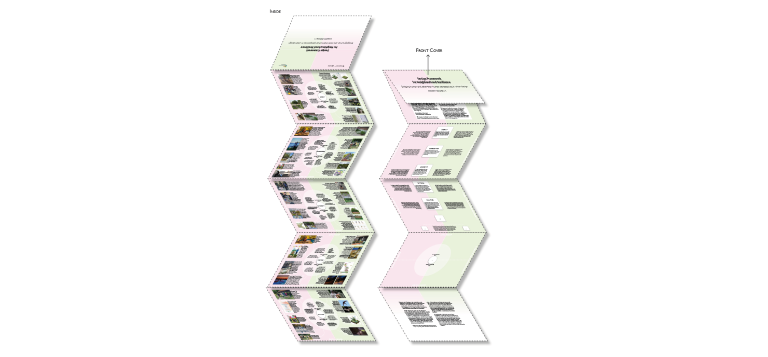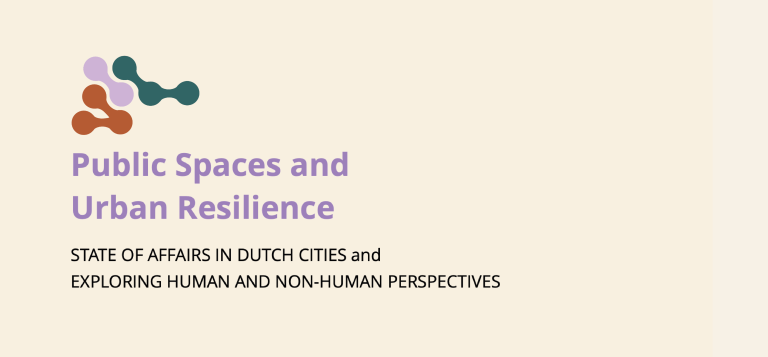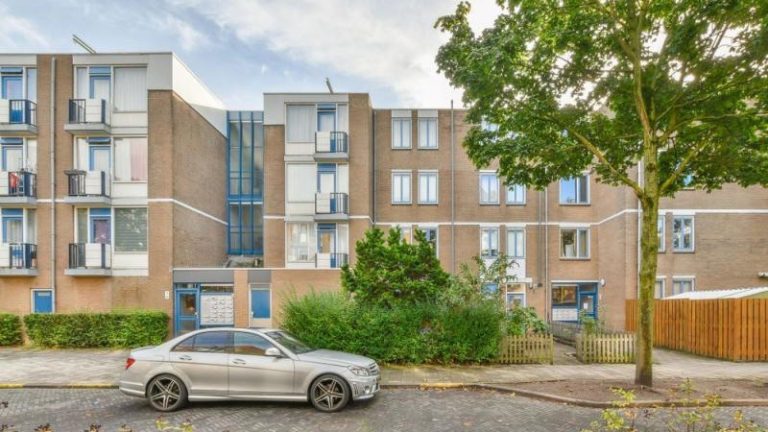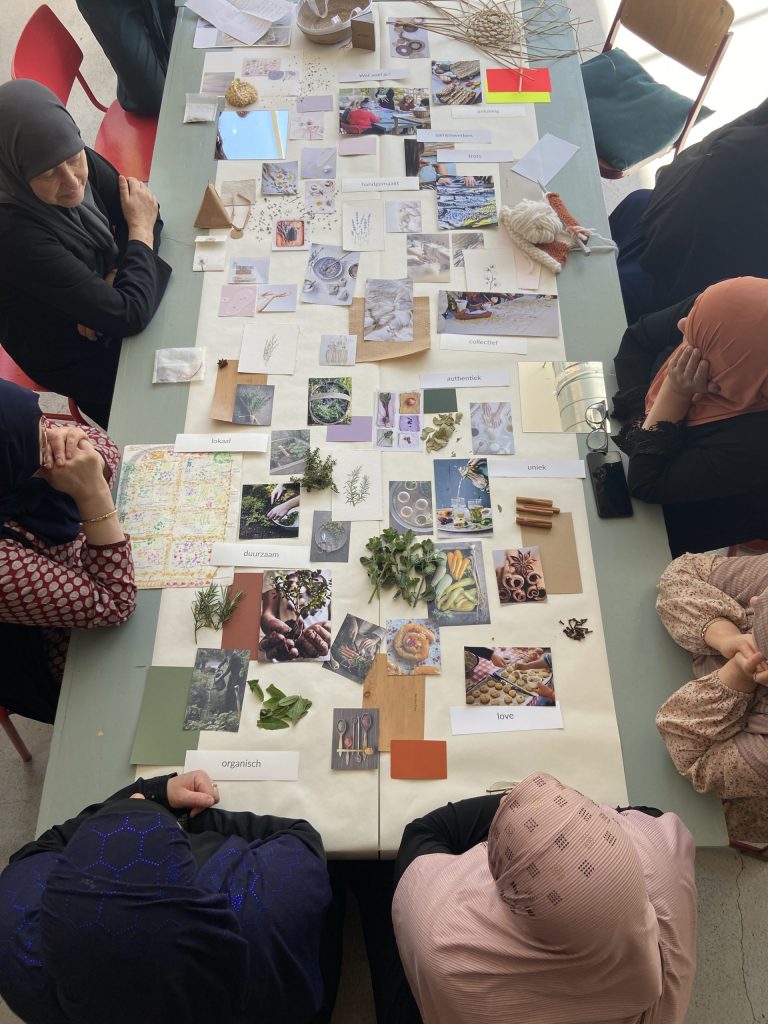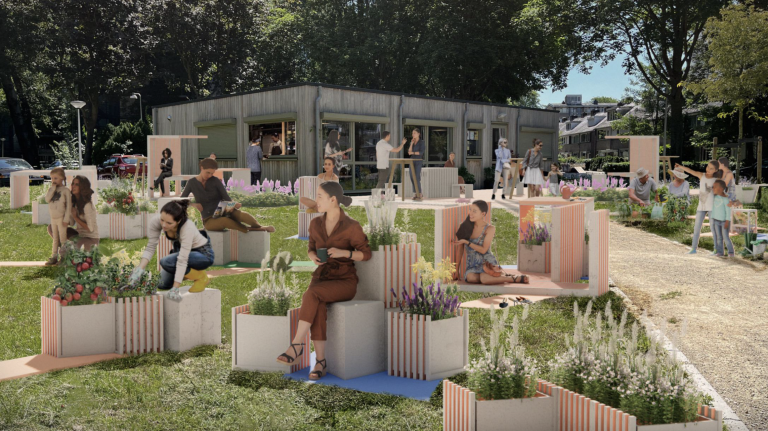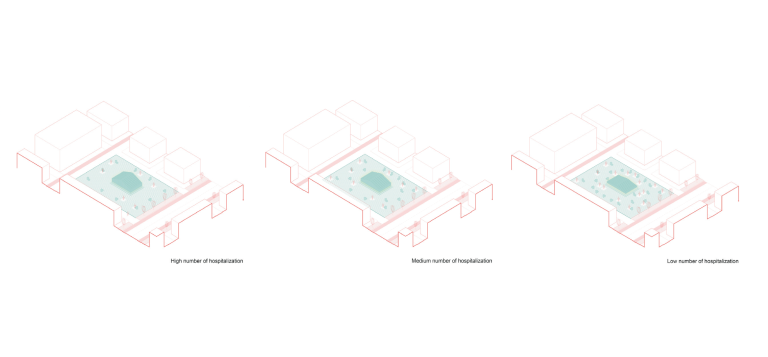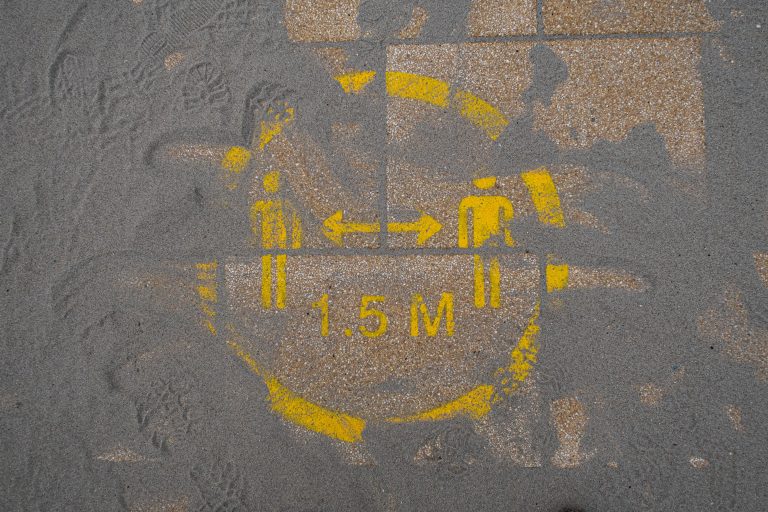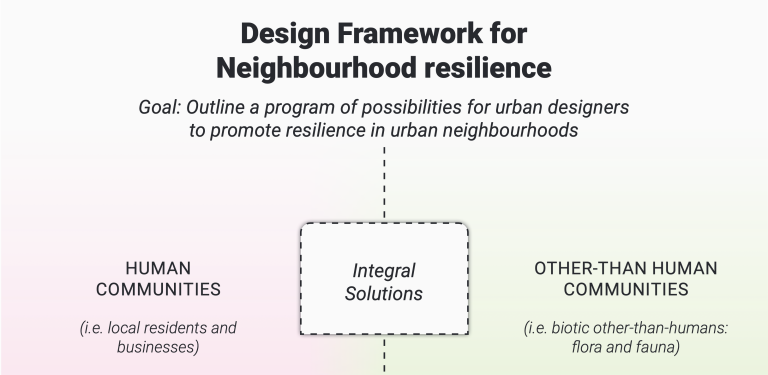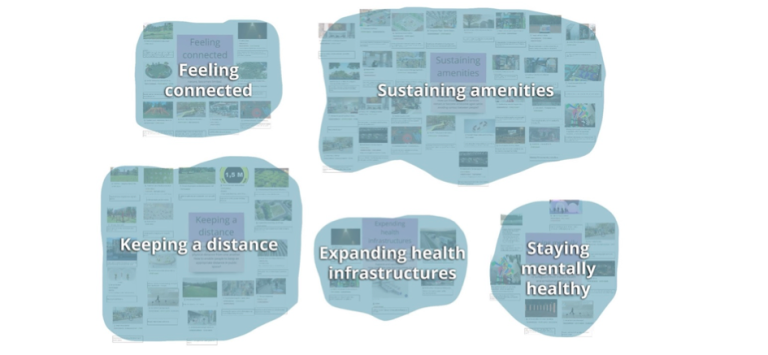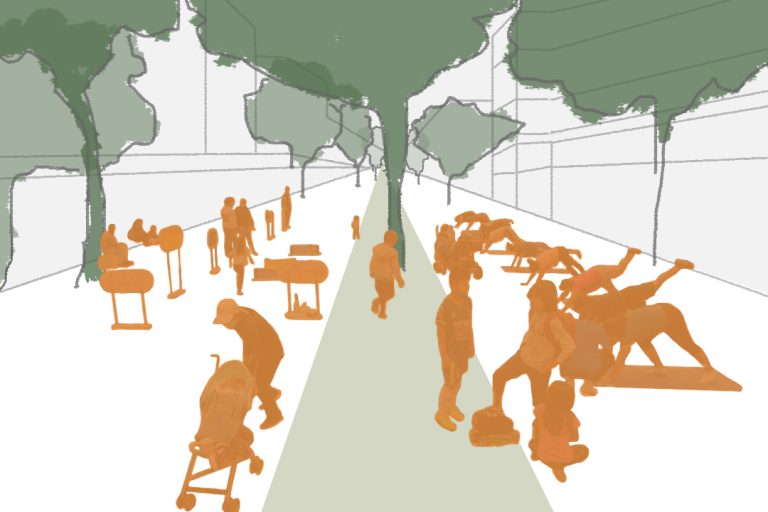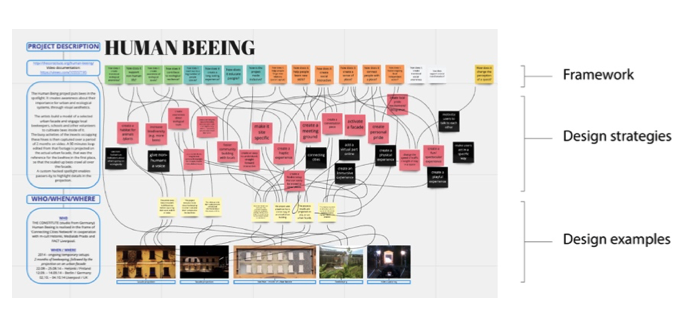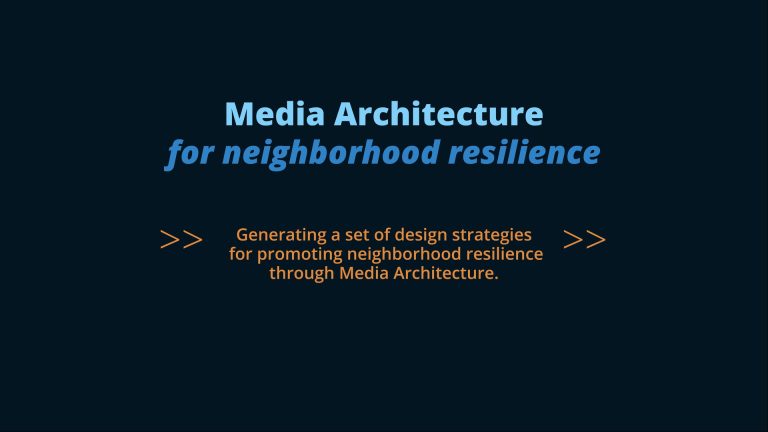Designing human / non-human public spaces for neighborhood resilience: Design Exploration 2 – Participatory program ‘Voor Jou, Voor Mij’ in Osdorp
This case study report describes one of three case studies conducted as part of the ZonMw project ‘From Prevention to Resilience’. Each design case is described in a separate report, each of which can be found in the Publications section here. In each of the design cases, a concept version of our design perspective Human/Non-human public spaces was implemented. At the time of the design cases, we still referred to this design perspective as the ‘Design Framework for Neighbourhood Resilience’. Before reading one or more of the reports, it is useful to first get familiar with this initial concept version of our design perspective (available here). The three reports are an intermediate step towards a publication in a scientific journal, in which we analyze and discuss the three design cases together. For this reason, the reports should be considered detailed accounts of the design cases and findings, while not yet coming to general insights and conclusions.
A participatory design program by design agency The Beach
The Beach is a design firm for social and sustainable innovation, which they also refer to as ‘sustainist design’. On their website they describe their way of working as follows:
“The Beach is a hub and a lab for sustainist design in Amsterdam. With people and organizations we create projects that make communities stronger. Values as sustainability, human scale and sharing are our compass. Designing new forms of relationships – creating new social structures – and doing research in underlying processes is the core of what we do.”
The work of The Beach is locally situated, in the neighborhood of Osdorp, Amsterdam, where they are also located. Osdorp was mainly built between 1950 and 1960 as one of the Western Garden Towns of Amsterdam. Designed as a garden town located in the Nieuw-West suburb, Osdorp center is just to the West of a vast green park, Sloterpark. Since 1990, part of Osdorp has been redeveloped through demolition and new construction, particularly of large apartment buildings, the majority hosting immigrant families from Morocco, Turkey and former Dutch colonies. The majority of the population has an average age which varies between 25 and 45 years old. The prevalence of local businesses, like small restaurants and shops, are run by immigrant families and offer goods of middle-eastern production. Although the population of Osdorp has been facing challenges (e.i. unemployment and crime) at a higher rate than the average Amsterdam municipal area, they share a feeling of pride in their neighborhood, especially in the presence of vast green spaces.
The brief and the ‘Voor Jou, Voor Mij, program
In our collaboration with The Beach, we agreed that a program that they recently started would be a nice opportunity for both parties to learn from. The program, called ‘Voor Jou Voor Mij’ (VJVM, in English, For You For Me), exemplifies the way in which The Beach works and therefore was considered particularly valuable to learn from for the human side of our framework. Furthermore, much of the energy and resources of The Beach were already going into this program, meaning that The Beach could more easily focus their efforts as opposed to a situation in which they would start a new program from scratch. For our research, this also meant that chances were higher that we could learn from actual practice, as the program was already started, and local residents were already engaged in the effort. With The Beach we agreed that they would attempt to apply our framework within the VJVM program, for which we made our research interests clear to them.
The VJVM program is participatory in nature and aims at the empowerment of local women from the Osdorp neighborhood. With guidance from The Beach, women are invited to try hands-on activities and develop skills to master them. The program offers a series of weekly ateliers to cook, weave, build wooden furniture, create beauty products and gardens together. The vision of VJVM is to work towards helping the participating women set up one or more business ventures based on the activities they take part in and the new skills they learn and further develop in the weekly ateliers. The process is iterative and consists in putting into practice knowledge and skills, creating new products and branding them together. The entrepreneurial goal is not the mere outcome of the project; the growth of the participant’s skills, the connection they build as a group, and the shift in perspective of being independent of consumption are also considered valuable outcomes.
